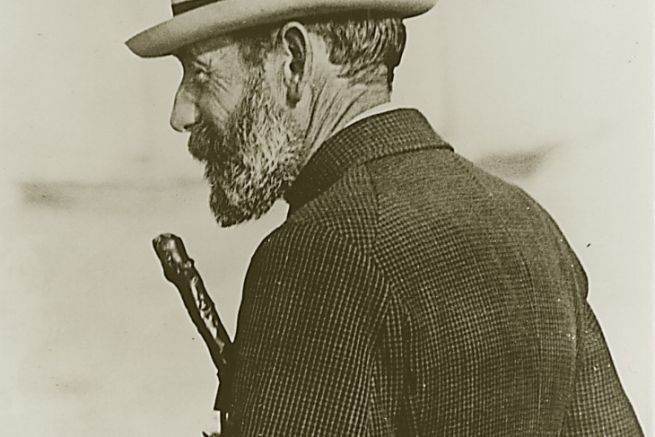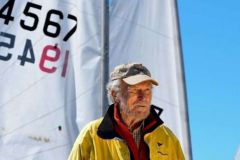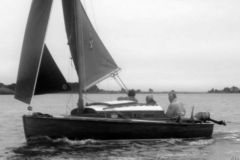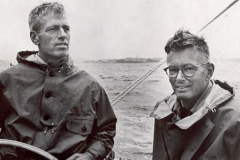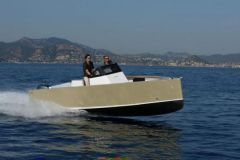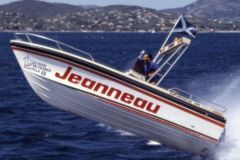A family passion
Nathanael Greene Herreshoff was born on March 18, 1848 in Bristol, Rhode Island. He died on June 2, 1938. It is by helping his blind brother John Brown that he discovered the world of boat building. He built his first sailboat in 1855, Meteor, a dinghy of 3.66 m. He then founded his first shipyard at the age of 18. And it is to his brother Nathanaël, just 8 years old, that he entrusts the work of cutting the hulls, which he can no longer do.
A first job as a draftsman in mechanical engineering
After attending public school, Nathanael Herreshoff studied mechanical engineering at the Massachusetts Institute of Technology (MIT) in Boston. At the age of 21, he joined the Corliss Steam Engine Company in Providence as a draftsman. He designed the machines and supervised their installation. At the same time, he continued to help his brother in his shipyard.
A double activity and a beginning of recognition
The man nicknamed "Captain Nat" for his helming skills made a name for himself in 1874, by drawing Riviera a 5.20 m sloop with a bilge built in Nice. In 1875, he designed his first 7.50 m catamaran, Amaryllis, which, during its first regatta in 1876, won out over its competitors. Seven other multihull models followed, but they were too far ahead of their time to win over their public.
In 1878, Nathanael Herreshoff left the Corliss Company for good and joined his brother John Brown to devote himself exclusively to boat building. They both founded the Herreshoff Manufacturing Company.
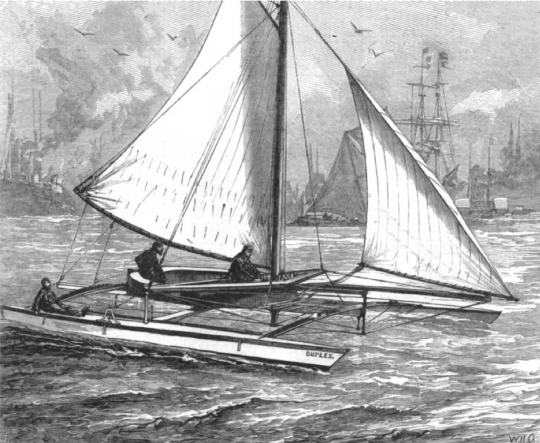
Fast steamboat specialists
They built many fast steamships and military craft, including the Navy's first torpedo boat (Spar Torpeedo boat), Lightning capable of traveling 20 miles per hour. No shipyard in the country at that time was capable of producing such fast steamers. Numerous steamships followed, including the Vamoose (34 m) in 1891, which will be considered as one of the fastest in the world with a speed of 27 knots, or the Say When which will call into question the activity of the shipyard.
During the sea trials, the boiler exploded and the engineer in charge of the boat died. This tragedy left a deep impression on Nathanael Herreshoff, who decided to take a step back from motorboat construction. By the end of 1891, the Herreshoff Manufacturing Company had built nearly 170 motorboats, compared to only 11 sailboats.
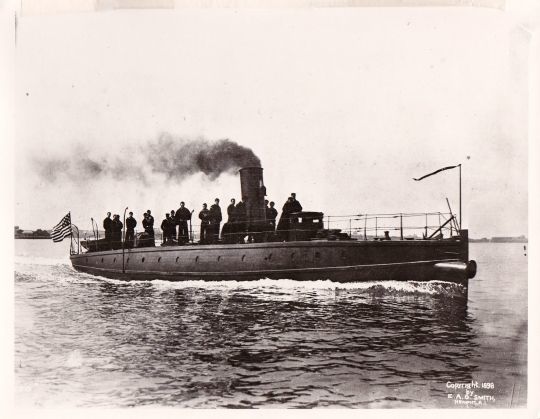
A foot in the sailing world
But the trend was reversed in the 1890s. When he wasn't working, Nathanael was sailing and his successes in regattas on the boats he had built were inspiring. Thus, in 1891, he built for a businessman Gloriana a 21.56 m long cutter with a waterline of only 13.7 m. This yacht marked a turning point in the naval architect's career, standing out for its innovative design, which was to become a reference. It won 8 races and was awarded the title of "fastest boat in the ocean, if not the world."
Nathanael euros nicknamed until then "Captain Nat" becomes then "the wizard of Bristol". The Wasp built for Archibald Rogers, and Dilemma the following year, Herreshoff became one of the most popular naval architects in the yachting industry.
However, he did not abandon the design of motorboats, since in 1895, the Stilleto it is capable of sailing comfortably at 20 knots and reaching a maximum speed of 26 knots.
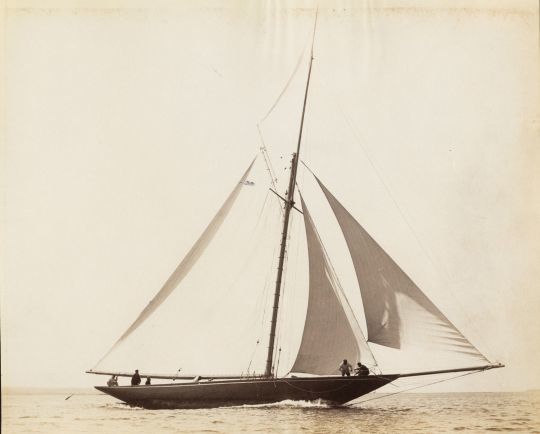
Unbeatable on the America's Cup
It is on the America's Cup that Nathanael proves his incredible pencil stroke. Between 1893 and 1920, he designed 5 Defender boats.
In 1893, the Vigilant euros a 38.5 m long gaff cutter - was the American Defender against the British challenger Valkyrie II. Equipped with an all-metal structure, it won the Cup. It was the first of five Herreshoff-designed America's Cup yachts to win. Four more tall ships were built by Herreshoff, all of which were upgraded from their predecessors. Defender will win in 1895, Columbia in 1899 and again in 1901, Reliance in 1903 - one of the fastest in its class - and Resolute in 1920.
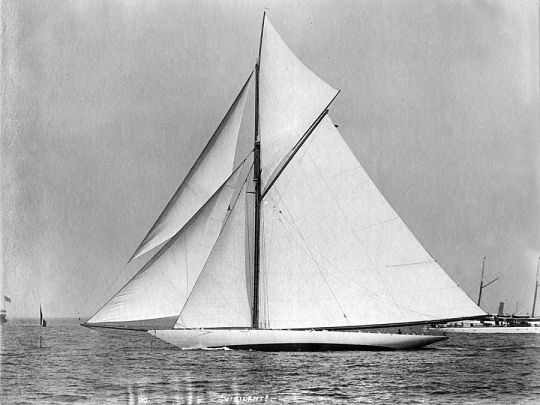
A talent of genius
Ingenious and capable of creating boats that are both fast and elegant, Nathanael Herreshoff made yachting history by producing exceptional racing and cruising yachts of up to 162 feet in length. He knew how to work with shapes and materials. He also designed many one-design boats: J12'A/2, S Boats, the New York 30', 40' and 50'.
Today, 2,000 models survive his architect and are among the most sought-after designs for classic yacht lovers. The Herreshoff Marine Museum in Bristol traces the work of the Bristol wizard.
